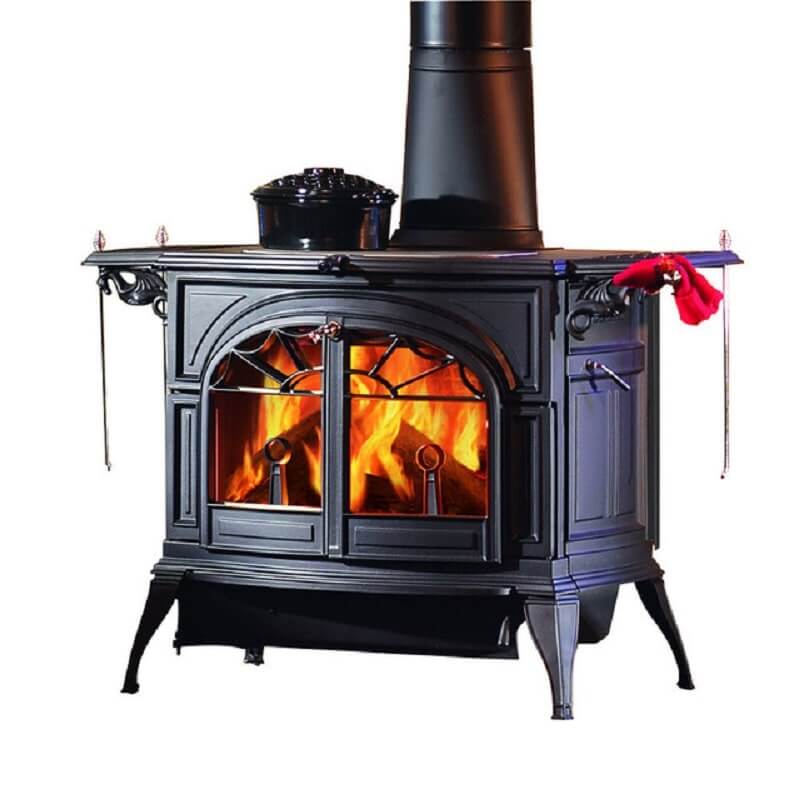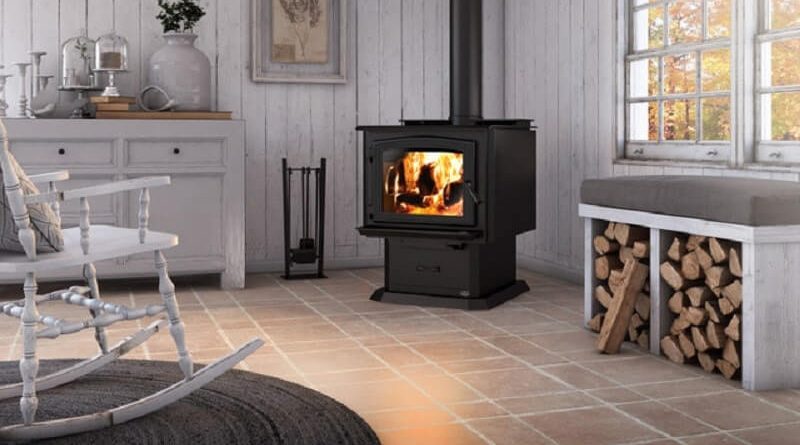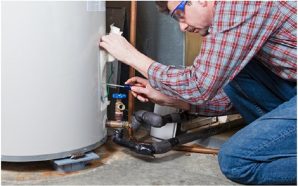Introduction to Wood Burning Stoves
Wood-burning stoves, with their inviting glow and efficient heating capabilities, have warmed homes for centuries. Beyond their practical utility, these stoves add a unique charm and ambiance to any space they occupy. This guide delves into the historical evolution of wood burning stoves, their types, benefits, and essential considerations for prospective owners.
Types of Wood Burning Stoves
Wood-burning stoves come in various materials and designs, each offering distinct advantages.
Cast Iron Stoves
Renowned for their intricate designs and durability, cast iron stoves retain and radiate heat long after the fire diminishes.
Steel Stoves
Steel stoves, known for their sleek, modern designs, heat up and cool down more quickly, offering a contemporary twist on the traditional stove.
Pellet Stoves
Pellet stoves, a modern innovation, use compressed wood or biomass pellets, providing a more controlled and efficient burn with less manual intervention.
Benefits of Using Wood Burning Stoves
Wood burning stoves offer more than just warmth; they present environmental advantages, cost-effectiveness, and undeniable aesthetic appeal.
Environmental Advantages
By utilizing renewable resources and producing fewer emissions than fossil fuels, wood burning stoves represent a more sustainable heating option.
Cost-Effectiveness
The initial investment in a wood stove can lead to long-term savings on heating costs, especially in areas where wood is plentiful and cheap.
Aesthetic Appeal
A wood burning stove can serve as the centerpiece of a room, offering timeless elegance and a cozy ambiance.
How Wood Burning Stoves Work
Understanding the combustion process and airflow management is crucial for maximizing the efficiency of a wood burning stove.
The Combustion Process
Wood burning stoves convert wood into heat through combustion, requiring a steady flow of air to feed the fire and efficient venting to expel gases.
Airflow and Heat Distribution
Advanced stoves feature mechanisms to control airflow, enhancing combustion efficiency and heat distribution throughout the space.
Choosing the Right Wood-Burning Stove
Selecting the perfect stove involves considering the size of the space to be heated, the stove’s heat output, and how it will fit within the layout of your home.
Size and Heat Output Considerations
The size of the stove should match the space it’s intended to heat, with larger models capable of warming more extensive areas.
Compatibility with Home Layout
Consider the placement of the stove for optimal heat distribution and how its design complements your home’s aesthetic.
Installation and Maintenance
Proper installation and regular maintenance are key to the safe and efficient operation of a wood burning stove.
Professional Installation vs. DIY
While DIY installation is possible for the handy homeowner, professional installation ensures compliance with safety standards and local regulations.
Regular Maintenance Tips
Routine cleaning of the stove and chimney, along with regular inspections, can prevent hazards and prolong the life of the stove.
Safety Measures and Best Practices
Adhering to safety guidelines and best practices ensures a safe and enjoyable wood stove experience.
Preventing Fire Hazards
Installing smoke detectors, using a fire-resistant hearth pad, and keeping combustible materials away from the stove are crucial safety measures.
Ensuring Proper Ventilation
A well-ventilated room not only supports efficient combustion but also maintains indoor air quality.
The Environmental Impact of Wood Burning Stoves
While wood stoves offer a more sustainable alternative to fossil fuels, considerations around emissions and air quality are essential.
Emissions and Air Quality

Modern wood stoves are designed to minimize emissions, but it’s important to use dry, well-seasoned wood to reduce smoke and pollutants.
Sustainable Wood Sourcing
Using wood from sustainably managed forests or local sources can further enhance the environmental benefits of wood-burning stoves.
Comparing Wood Burning Stoves to Other Heating Options
Wood stoves offer distinct advantages over gas and electric heaters in terms of ambiance, sustainability, and operating costs.
Wood Stoves vs. Gas and Electric Heaters
While gas and electric heaters may offer convenience, wood stoves provide superior warmth and energy independence.
Cost and Efficiency Comparison
The efficiency of a wood burning stove, coupled with the cost savings on fuel, often outweighs the convenience of electric or gas alternatives.
Accessories and Add-ons for Wood Burning Stoves
Enhancing your wood stove with accessories can improve its functionality and convenience.
Fans and Blowers
Fans and blowers distribute heat more evenly throughout the room, enhancing the stove’s efficiency.
Heat Reclaimers
Heat reclaimers capture heat from exhaust gases, recycling it back into the room for increased warmth.
Cooking on Wood Stoves
Some wood stoves come equipped with cooking surfaces, offering an additional utility during cold months or power outages.
Design and Decor: Integrating a Wood Stove into Your Home
Strategically placing your wood stove can enhance your home’s warmth and overall aesthetic.
Placement Ideas
Consider positioning the stove as a focal point in living areas or in a central location for optimal heat distribution.
Complementing Your Home’s Aesthetic
Choose a stove design that fits your home’s style, whether it’s rustic, contemporary, or somewhere in between.
The Future of Wood Burning Stoves
Innovations in stove design and technology continue to improve efficiency, reduce emissions, and enhance user convenience.
Technological Advances
Future stoves may feature automated combustion controls, integrated smart home technology, and even cleaner burning processes.
Trends in Eco-friendliness and Efficiency
As environmental awareness grows, the demand for eco-friendly, efficient wood burning stoves is likely to increase.
Regulations and Compliance
Familiarizing yourself with local laws, certification standards, and compliance requirements is essential before installing a wood burning stove.
Understanding Local Laws
Local regulations may dictate installation requirements, stove specifications, and emissions standards.
Certification and Standards
Look for stoves certified by relevant authorities, ensuring they meet current environmental and safety standards.
Real-life Stories: The Joy of Wood Stove Ownership
Hearing from long-term wood stove users can provide valuable insights and tips for prospective and current owners alike.
Personal Experiences
Owners often share stories of cozy winters, reduced heating bills, and the simple pleasure of tending to a wood fire.
Tips from Long-term Users
From choosing the right wood to mastering fire-building techniques, seasoned users offer a wealth of knowledge.
Choosing the Right Fuel for Your Wood Burning Stove
The type of wood and its preparation significantly impact the stove’s performance and efficiency.
Types of Wood to Use
Hardwoods like oak and maple provide long-lasting burns, while softwoods are better suited for kindling and quick fires.
Moisture Content and Preparation
Using dry, well-seasoned wood ensures a cleaner burn, reducing smoke and maximizing heat output.









